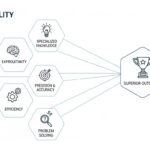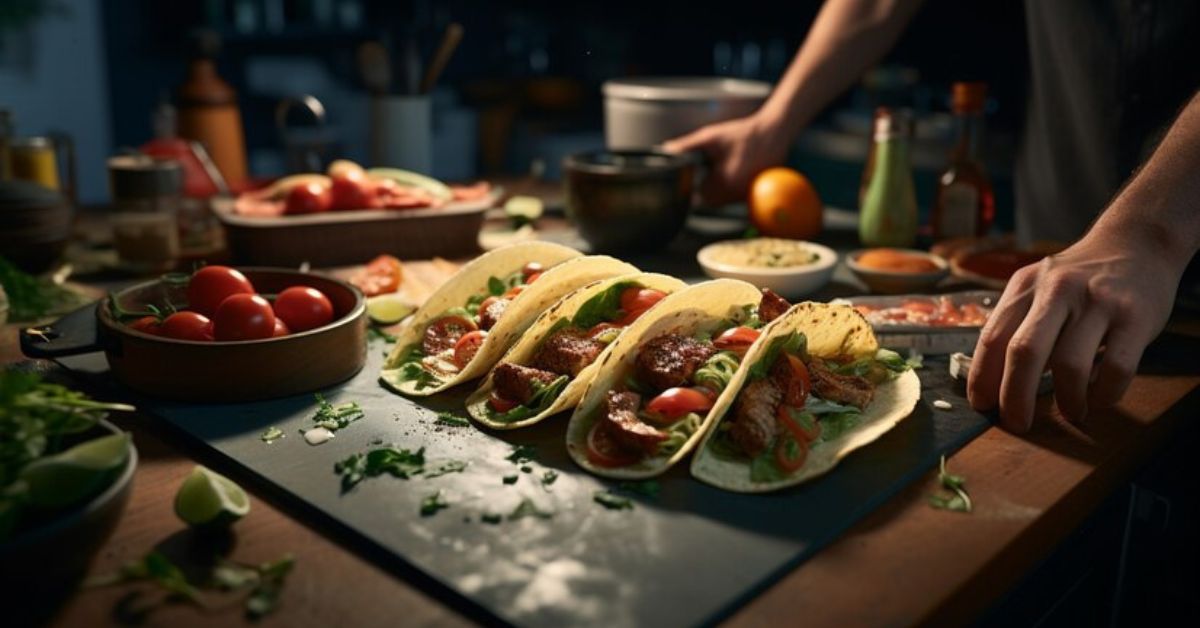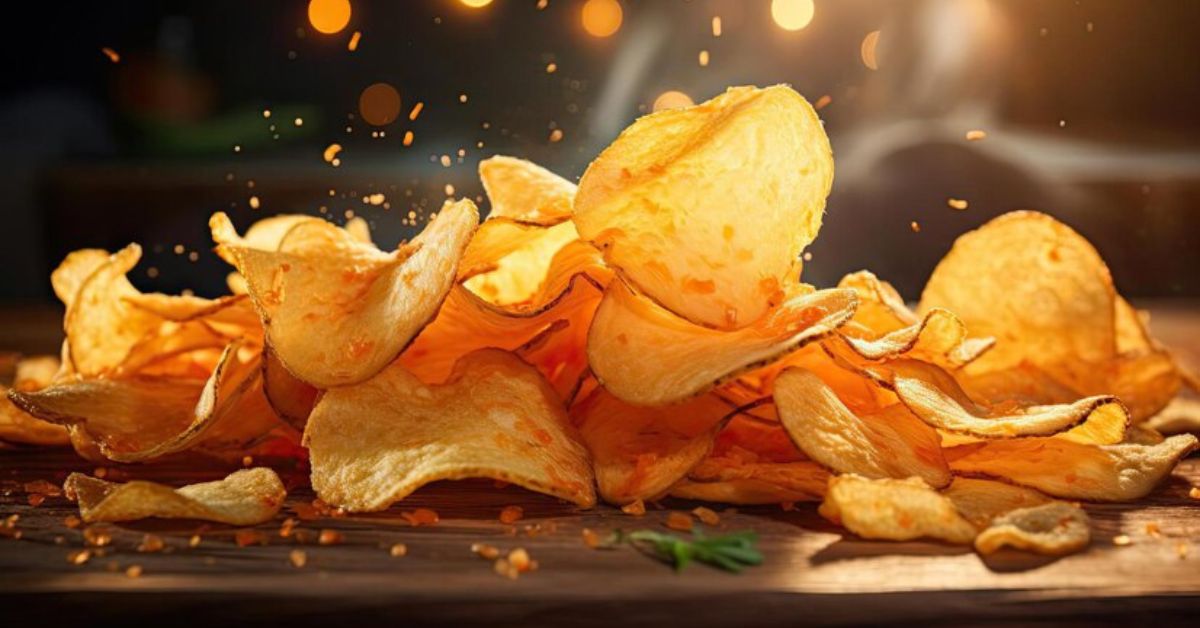As environmental consciousness and consumer health take center stage, sustainable packaging has become a key factor in the food industry. But did you know that eco-friendly packaging does more than just reduce our carbon footprint? Beyond ecological benefits, sustainable packaging enhances food quality by using materials that help preserve freshness, extend shelf life, and maintain product integrity.
As the industry embraces greener practices, understanding how sustainable packaging improves food quality provides both a competitive edge and a commitment to sustainability. Discover how these advancements are shaping the future of food packaging and its impact on quality and safety.
The Role of Sustainable Packaging in Food Preservation
Keeping It Fresh
Foodstuffs should always be fresh. New sustainable packaging materials, such as plant-based plastics and bio-films, are taking center stage in protecting perishables. This new material has superior moisture and breathability, hence it can easily maintain food freshness. Advanced sustainable packaging materials extend the shelf life of perishable foods for as much as compared to conventional ones.
This highlights the significant impact that eco-friendly packaging can have on reducing food waste and ensuring that consumers receive high-quality products.
Extending Shelf Life
The extension of the shelf life of food products by sustainable packaging will definitely stand out among the most impressive features of such an invention. It is MAP and active packaging that are the cardinal technologies to do magic in this respect. Changing the gas composition inside the package is the modification provided by MAP, which slows down the deterioration processes.
Active packaging incorporates components that interact with the food to maintain its quality. These new packaging supplies can double or quadruple the shelf life of fresh produce, keeping food fresher even for an extended period. This extended shelf life does not only benefit the consumers but also reduces waste at each point of the supply chain.
Protection Against Contamination
Creating an Impeccable Barrier
Sustainable packaging is more than green; it’s better protection. Most of the green solutions offer advanced technologies in barriers that protect foods from contaminants such as bacteria, UV light, and moisture. Such features help maintain food quality and safety; some sustainable packaging reduces oxygen permeation significantly to enhance overall food safety.
Antimicrobial Properties
Other sustainable packaging materials go as far as embedding antimicrobial properties in them. This usually involves the addition of some sort of organic compound to naturally repel spoilage and contamination. This amazing feature ensures that the food inside will be safe and intact for a longer period, which is excellent news for any packaging wholesaler that wants to give the best possible service to their customers.
Impact on Nutritional Value
Preserving Nutrients
Sustainable packaging plays a lesser-known role in preserving the nutritional value of food. Technologies involving vacuum-sealed and inert gas-flushed packages reduce oxygen and light levels to retain the essential vitamins and minerals. For organic products, in particular, sustainable packaging reinforces environmental objectives and prolongs the shelf life while maintaining nutritional value.
Reducing Chemical Leaching
Unlike traditional plastics, which can leach harmful chemicals into food, many sustainable materials eliminate this issue entirely. This means that the food’s nutritional profile remains unaltered and safe for consumption, making sustainable packaging an excellent choice for health-conscious consumers.
Consumer Perception and Market Trends
Meeting Consumer Demands
The demand for green products continues to rise, parallel with greater environmental awareness. More and more consumers expect a brand’s values to align with their own, and sustainable packaging plays a significant role in this connection. Eco-friendly packaging allows a product to be priced higher yet still remain acceptable in the minds of consumers.
This makes consumers very loyal on many occasions, and the outlook towards the brand develops positive perceptions whenever the brands are using sustainable packaging. Investment in sustainable packaging materials is not only an ecological decision but also a business-savvy one for companies wanting to stay competitive.
Enhancing Brand Image
Companies that adopt sustainable packaging not only meet consumer expectations but also enhance their brand image. A commitment to sustainability can differentiate a brand in a crowded market and build customer loyalty.
| Aspect | Sustainable Packaging | Traditional Packaging |
| Brand Image | Positive consumer perception | Potential negative perception |
| Customer Loyalty | Higher retention rates | Lower loyalty |
| Environmental Impact | Reduced carbon footprint | Higher ecological cost |
| Cost | Higher initial investment | Lower upfront costs |
| Innovation | Drives new technologies | Limited innovation |
| Regulatory Compliance | Future-proof | Potential future restrictions |
| Waste Reduction | Significant decrease | Contributes to waste problem |
| Marketing Appeal | Strong eco-friendly messaging | Limited green marketing options |
Challenges and Considerations
Navigating the Transition
Transitioning to sustainable packaging comes with challenges. Initial costs may be higher than traditional options, and navigating regulations can be complex. Adapting supply chains to source and process new materials can also be challenging. However, the benefits of better food quality, reduced waste, and enhanced brand value often outweigh these hurdles.
Innovative Solutions
Biodegradable coatings that extend the freshness of produce, edible packaging either made from seaweed or milk proteins, or smart packaging that changes color right with the quality of food packaged inside are only some of the novelties in sustainable packaging. This kind of upgrade in food quality opens completely new prospects for small businesses to find their particular niche in the market.
Future Directions in Sustainable Packaging
Emerging Technologies
The future holds many exciting developments for sustainable packaging:
- Smart Packaging: Sensors can be integrated to monitor the real-time freshness and quality of food.
- Nanotechnology: Ultra-thin and super-strong barrier layers can be created using nanoparticles.
- Bioplastics: the development of new materials based on renewable feedstock to deliver even better performance.
These developments hold promise for even better quality food with less environmental impact.
Long-Term Impact
The future of sustainable packaging can only imagine a significant reduction of food wasted during the entire value chain. This results in improved quality and safety of food for consumers, while the economic benefits will be transformed into a circular economy within the packaging industry. It will affect not only the food sector but also the whole ecosystem for many years to come.
Conclusion
Food preservation and protection now have a new trend toward sustainability. Sustainable packaging extends the life of foods, prevents contamination, and maintains the nutritional value of food, thus enhancing food quality in many ways.
As we look to the future, it’s clear that sustainable packaging will play an increasingly important role in the food industry. For businesses, embracing these innovations is not just an environmental responsibility, it’s a pathway to improved product quality, customer satisfaction, and brand success.
FAQs
- What are the nutritional benefits of sustainable packaging?
Sustainable packaging preserves the nutritional value of food by minimizing oxygen and light exposure, preventing vitamin and mineral degradation, and avoiding chemical leaching.
- Is sustainable packaging suitable for all food products?
Most food products can use sustainable packaging, but some may need specialized materials or designs based on their specific needs like moisture sensitivity or temperature requirements.
- How does sustainable packaging help reduce food waste?
Sustainable packaging extends shelf life, reduces spoilage, and maintains food quality, leading to less food waste due to premature spoilage throughout the supply chain.












